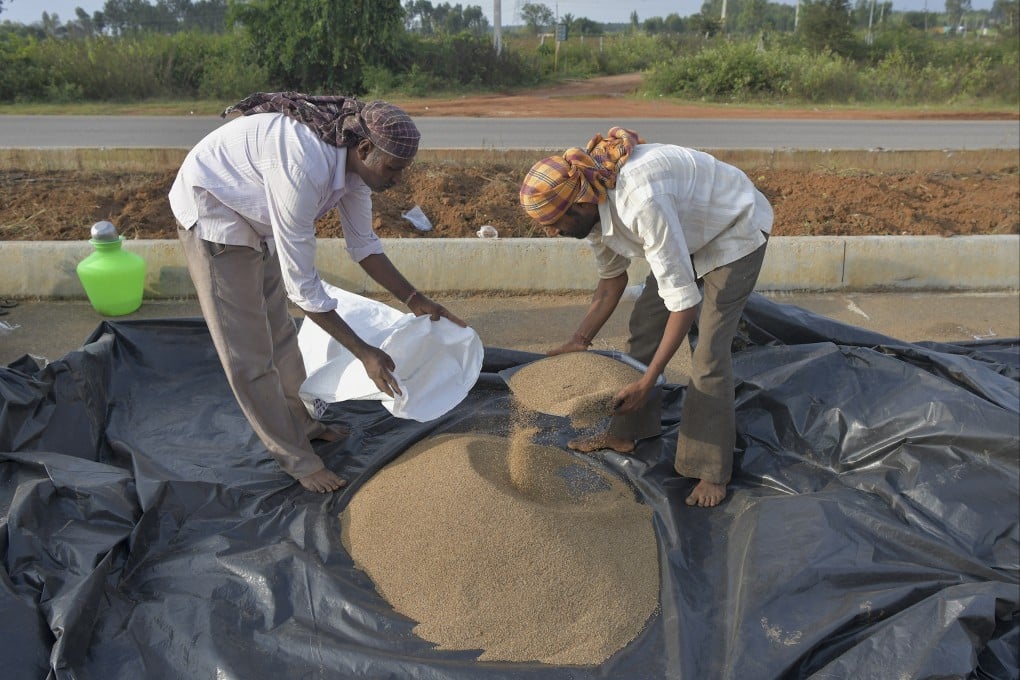Advertisement
Why are more people in India eating millet? Is the ancient grain the flavour of the month?
- Millet-based foods are being served at official events and in restaurants across India as prices of the grain surge due to huge demand
- Nutritionists say millets could help alleviate Indians’ common health problems such as diabetes and undernourishment
Reading Time:4 minutes
Why you can trust SCMP

For years, Thalin Raj ignored his parents’ advice to eat millet at breakfast because of its bland taste. But the 12-year-old student’s interest in the grain was piqued after he took part in a millet planting campaign in the Indian city of Chennai in January with thousands of other children.
Advertisement
Raj brought some pearl millet seedlings home after the event and began to nurture the grain. These days, he insists that his parents serve him several varieties of millet at breakfast and with his evening snacks.
“I love eating finger, foxtail and sorghum millets in my dosa, paniyaram [dumplings made with lentils and rice] and puttu [steamed rice cake],” Raj told This Week In Asia. “Now I understand its health benefits.”
Long stigmatised as a primitive food, millet is fast becoming more popular among Indians of different age groups, with nutritionists touting the multiple benefits of consuming the grain. According to various historical accounts, millet has been consumed by humans for more than 7,000 years.

The United Nations General Assembly declared 2023 as the International Year of Millets following a proposal from India’s government. As part of the celebration, millet was featured prominently at last year’s G20 summit in New Delhi. Foreign dignitaries were served crispy millet leaves topped with yogurt and chutney, as well as cardamom-scented barnyard millet pudding.
Advertisement

Advertisement